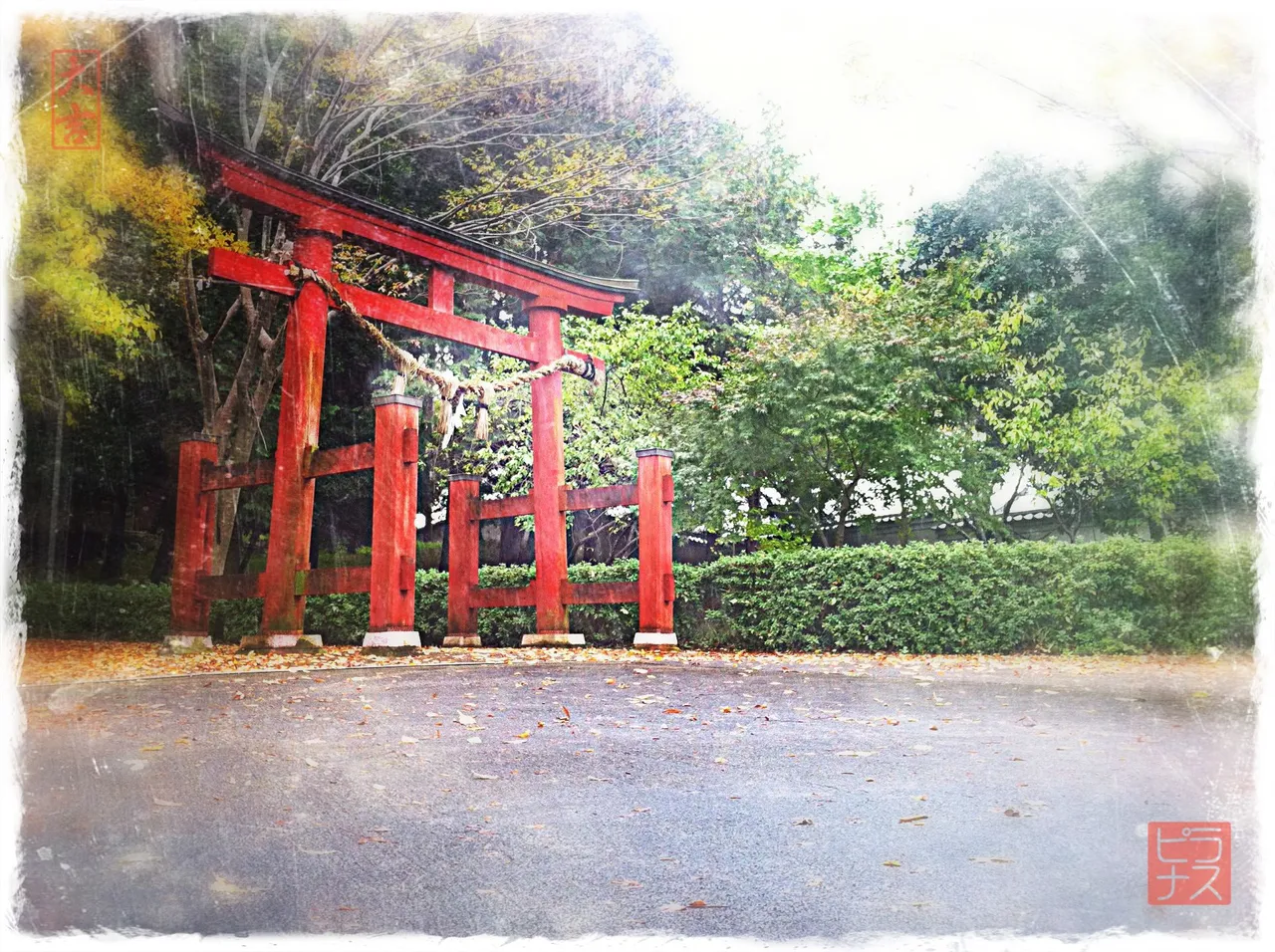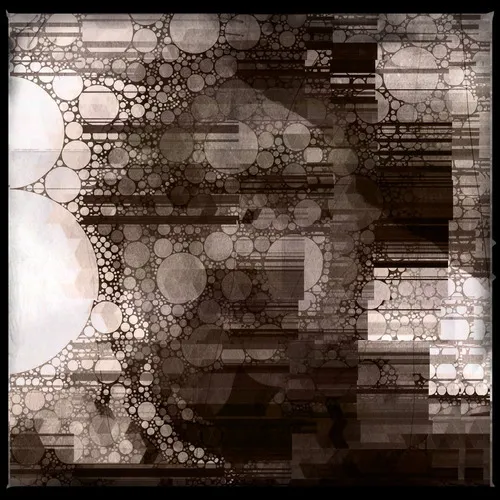Every year more and more traditional buildings are torn down and lost forever. Sometimes it feels like traditional Japan is fading away forever...

I think one of the most attractive parts of Japan to foreigners is the mixture of old and new that we see here. That old may be old houses from before the war that are still in that older style, or it might be people wearing traditional clothes, usually kimono or yukata. I think in most cases the old takes the form of religious things, old worn statues of the Buddha or of Jizo dressed in a red cap and red bib seemingly forgotten between old buildings or in the middle of nowhere, old temple buildings, pagoda, and so on. Perhaps the most common of these religious objects and the one most representative of Japan is the torii gate (鳥居).
It is not uncommon for these things to be rebuilt and replaced every few years[1]—Shinto emphasizes the ideas of cleansing and renewal—but even when they are new, they have this look that makes us think of old Japan—or our fantasies of old Japan, at any rate.
I was playing with that idea when I snapped this photo and applied some effects to bring out that feeling more.
This style of torii gate is called Ryōbu (両部), by the way. There are many styles of torii, though they all fall in one of two families, which are basically a straight style (神明 shinmei) and a curved one (明神 myōjin). Ryōbu would fall within the curved family, as you can see from curved top bar. (You can see the curve most clearly at the far top end.) It is the same style you see at the giant gate floating in the water in front of Miyajima which is usually considered one of the symbols of Japan (and is considered one of the three best places to visit in Japan).
❦
 | David LaSpina is an American photographer and translator lost in Japan, trying to capture the beauty of this country one photo at a time and searching for the perfect haiku. |
Case in point, the torii gate in this photo is repainted every few years and less often has rotten areas fixed up. ↩